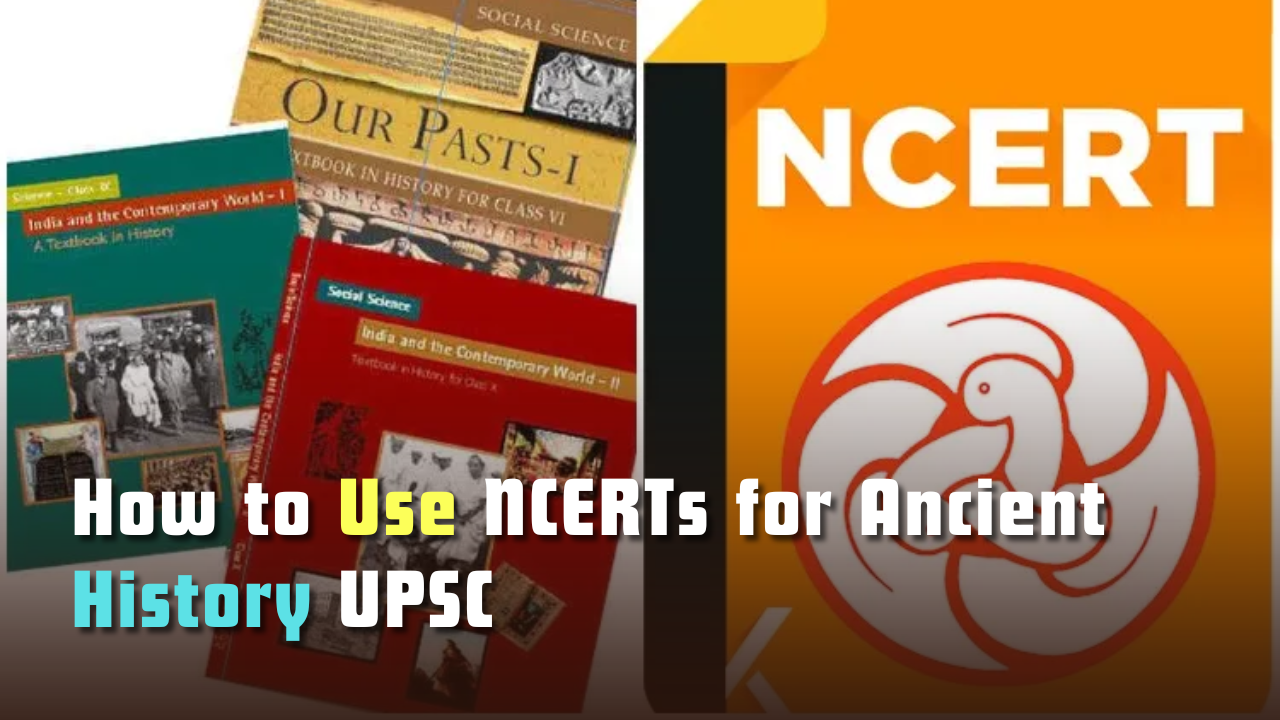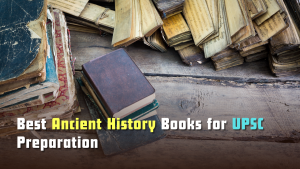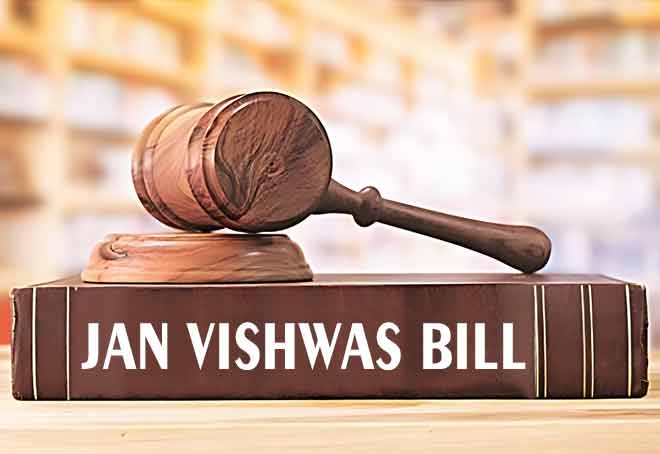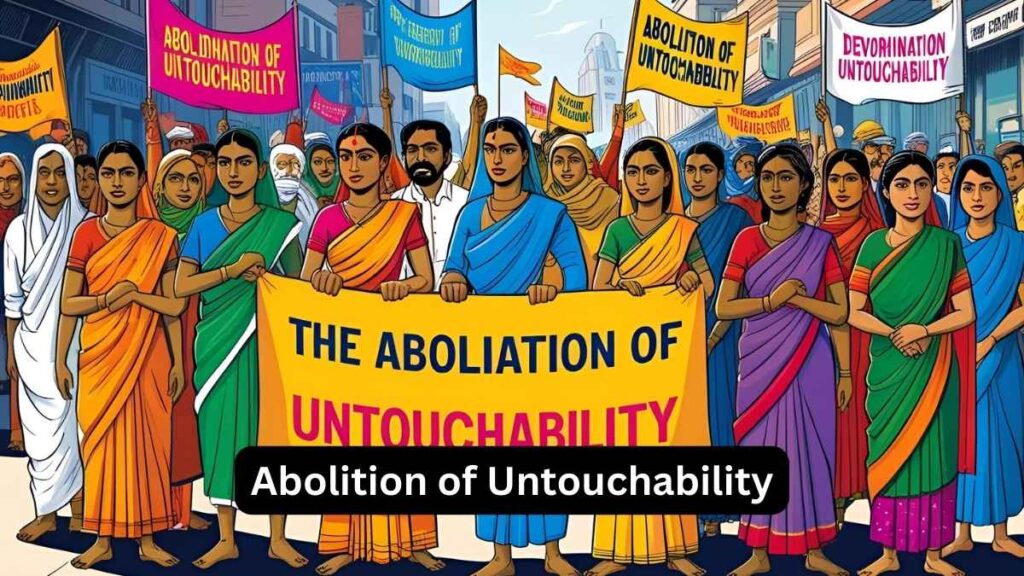How to Use NCERTs Effectively for Ancient History UPSC
Context: Struggling with Ancient History for UPSC? NCERTs can be your game-changer—if you use them right. From Class 6 to 12, these books build the foundational clarity that both Prelims and Mains demand. But reading cover to cover won’t help unless you know what to focus on.
Ancient History for UPSC with the Right NCERT Strategy
Cracking the UPSC Civil Services Exam requires focused effort and the right resources. For the Ancient History UPSC segment, NCERT textbooks remain the most authentic and strategic foundation. These books not only help aspirants understand historical developments chronologically but also support factual retention with clarity.
Whether you’re preparing for Prelims MCQs or Mains analytical answers, NCERTs can help you build strong roots that are essential for success. In this blog, we’ll explore how to make the most of NCERTs, what to focus on, and how to integrate them with higher-level sources for a competitive edge.
Why Are NCERTs A Game-Changer for Ancient History UPSC ?
NCERTs are essential for achieving conceptual clarity. They cover a wide range of topics, including the Harappan Civilisation, the Vedic Age, the Mahajanapadas, the rise of Buddhism and Jainism, and the rule of empires such as the Mauryas and the Guptas. These books are written to explain complex ideas in a systematic and straightforward format, helping aspirants understand the socio-economic and political evolution of ancient India in chronological order. Moreover, several questions in the UPSC Prelims are directly drawn from or inspired by NCERTs, and Main answers often require a solid understanding of these themes. Their diagrammatic representations, maps, and tables are also beneficial for quick learning and information retention.
NCERTs stand out due to their:
- Conceptual Clarity: They break down complex historical processes into simple narratives.
- Chronological Structuring: Events are presented in a logical, time-sequenced manner aiding recall.
- UPSC Compatibility: Direct and indirect questions are frequently asked from NCERTs.
- Authenticity: Authored by domain experts, NCERTs are trusted by both beginners and toppers.
Best NCERTs for Ancient History UPSC
Among the many NCERTs, a few are especially relevant for Ancient History. The Class 6 book, “Our Past I,” covers the early stages of Indian civilisation, including prehistoric humans, the Harappan Civilisation, and the beginnings of agriculture. Class 7’s “Our Past II” contains valuable early chapters on emerging kingdoms and religious developments. However, the most significant is Class 11’s “Themes in Indian History Part I,” which deals with the Indus Valley Civilisation, Vedic culture, religious reform movements, and imperial structures of the Mauryas and Guptas in much greater depth.
To build a solid foundation, focus on the following:
Class 6 – Our Past I
- Introduces the transition from hunter-gatherers to settled agriculture.
- Highlights the Indus Valley Civilization, early cities, and life in the Ganges Valley.
- Key topics: Mehrgarh, Harappa, burial practices, tools and pottery.
Class 7 – Our Past II
- Covers early states, empires, and religious movements like Jainism and Buddhism.
- Useful for understanding kingship, administration, and regional dynamics.
- Key topics: Mahajanapadas, Ashoka’s Dhamma, early trade and coinage.
Class 11 – Themes in Indian History – Part I
- The most crucial book for serious aspirants.
- Key broader covered topics:
- Mauryan and Gupta empires
- Bhakti-Sufi movements
- Early agricultural societies
- Art and architecture
- Religious philosophies
- Mauryan and Gupta empires
How to Read NCERTs Strategically for UPSC
Reading blindly won’t help. Follow this plan:
Read Chronologically
- Start from Class 6 → 7 → 11.
- Builds a historical flow which is essential for both Prelims and Mains.
Make Thematic Notes
- Classify content under:
- Political structure
- Social fabric
- Economy and trade
- Culture and religion
- Political structure
- This will help in structuring Mains answers.
Highlight & Underline
- Mark key facts, rulers, reforms, inscriptions, and temple names.
- Highlight primary keywords like Harappan Seals, Ashokan Edicts, or Vedic Rituals.
Use Maps and Visuals
- Annotate archaeological sites, trade routes, capitals, and river systems.
- Frequently revise using labeled diagrams.
Integrate with PYQs
- After your first reading, practice Previous Year Questions (PYQs).
- This bridges theory with actual exam trends.
Common Mistakes to Avoid
| Mistake | Correction |
| Skipping Class 6-7 NCERTs | These provide core facts—don’t miss them |
| Rote learning | Always understand the logic and reason behind events |
| Ignoring diagrams/maps | Visual recall improves retention and Prelims accuracy |
| One-time reading | Go for 3+ readings, especially for Class 11 |
| Not linking with advanced books | Supplement NCERTs with R.S. Sharma for depth |
How to Link NCERTs with Other Books?
Once NCERTs have been read thoroughly, aspirants should proceed to advanced sources like “India’s Ancient Past” by RS Sharma. This book expands on the same themes covered in the NCERTs, offering more critical analysis, which is useful for the Mains. Alongside this, the Tamil Nadu Class 11 History textbook has gained popularity among toppers for its concise, factual, and well-organised presentation of ancient history. Unlike some narrative-heavy texts, this book provides clear timelines, event-wise breakdowns, and crisp summaries of major dynasties, religious movements, and cultural developments. Its bullet-point structure, minimal jargon, and emphasis on key facts make it particularly valuable for Prelims, where accuracy and recall are crucial. Topics like the Sangam Age, South Indian dynasties, temple architecture, and regional cultures are well-covered—areas often underrepresented in other standard texts. These resources should be used in combination, treating NCERTs as the foundation, and using supplementary books to enhance analytical depth.
Once NCERTs are mastered, go deeper with:
- India’s Ancient Past by R.S. Sharma
Covers socio-economic changes, kingship, feudalism, and religion in greater depth.
- Tamil Nadu Class 11 History Book
Excellent for regional kingdoms, trade networks, and temple culture.
- Old NCERT by Romila Thapar (optional)
Good for narratives on culture and literature, but use selectively.
Special Strategy for Mains GS Paper I
- Use NCERT content to build introductory paragraphs (facts, timelines).
- Quote archaeological or literary sources (e.g., Vedas, Mahabharata).
- Show interlinkages—for instance, how religion influenced architecture.
- Use maps to show territorial extent of empires or routes of diffusion.
Example:
Q: Discuss the contribution of Ashoka to the spread of Buddhism.
→ Use NCERTs to cite his inscriptions, Dhamma policies, missionary efforts, and role in the 3rd Buddhist Council.
Final Words: Power Your UPSC Journey with NCERTs
Ancient History UPSC can become your strength if tackled smartly. By focusing on NCERTs, building thematic notes, and combining them with advanced books, you get conceptual clarity and exam-specific sharpness.
NCERTs don’t just prepare you for Prelims—they lay the groundwork for writing balanced, fact-rich, and analytical answers in Mains. Start early, revise often, and remember—foundations matter the most in UPSC.
Subscribe to our Youtube Channel for more Valuable Content – TheStudyias
Download the App to Subscribe to our Courses – Thestudyias
The Source’s Authority and Ownership of the Article is Claimed By THE STUDY IAS BY MANIKANT SINGH





